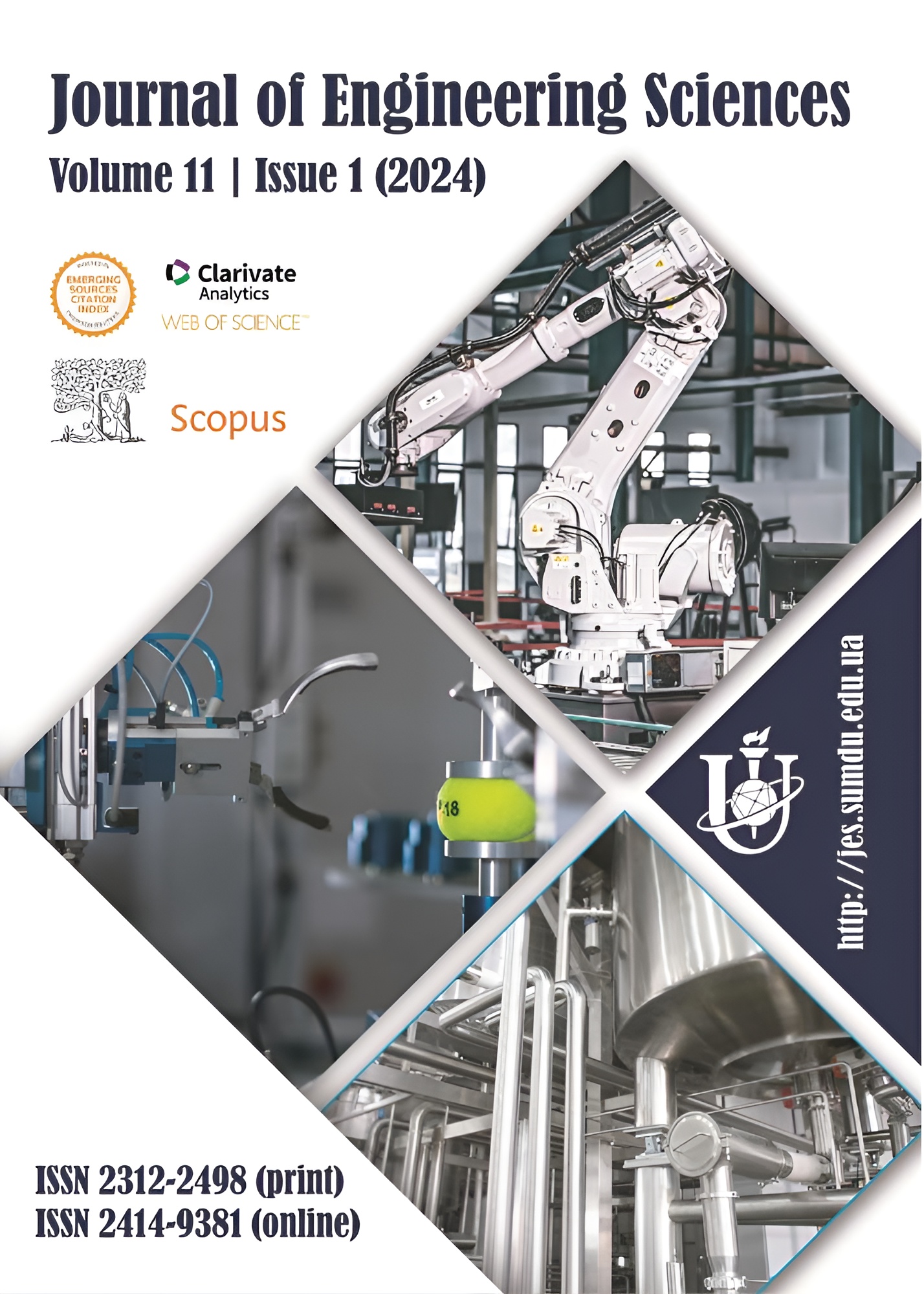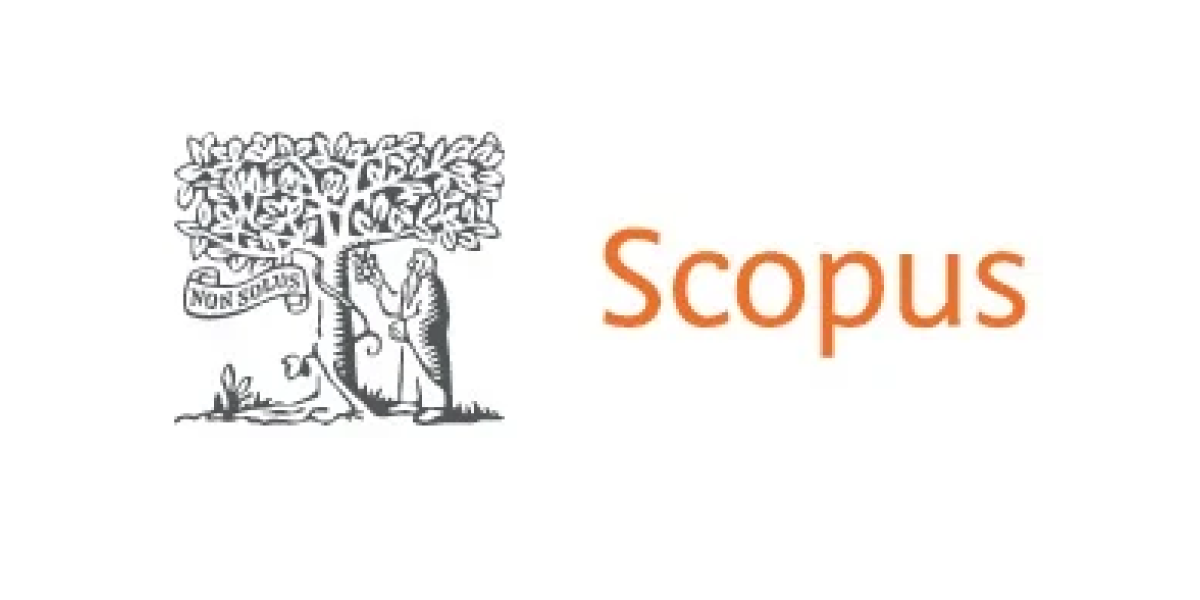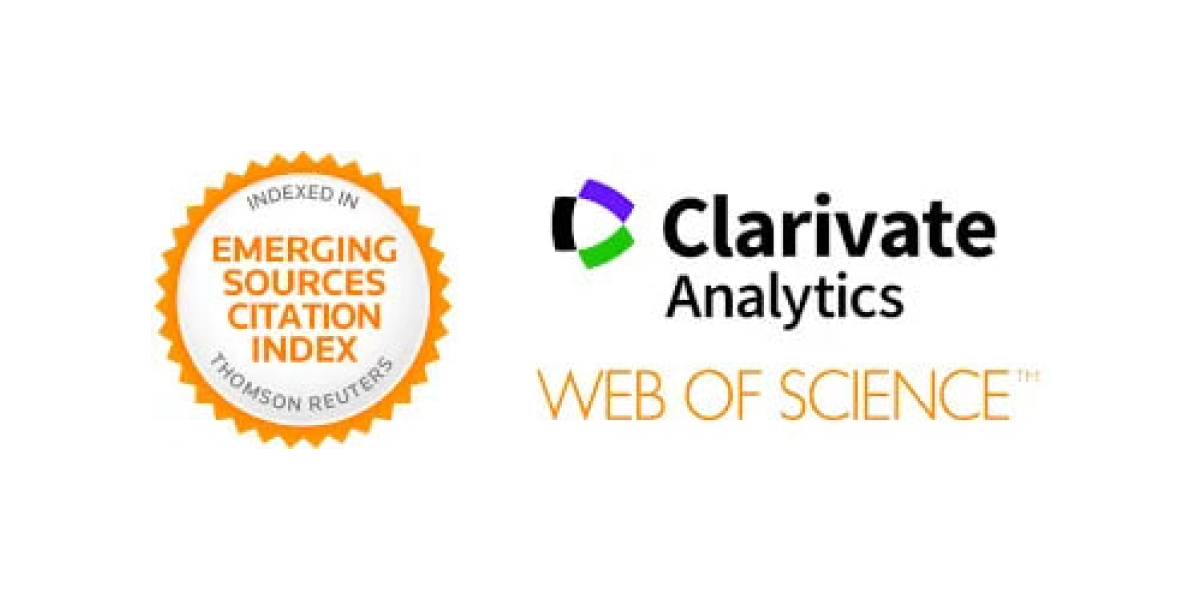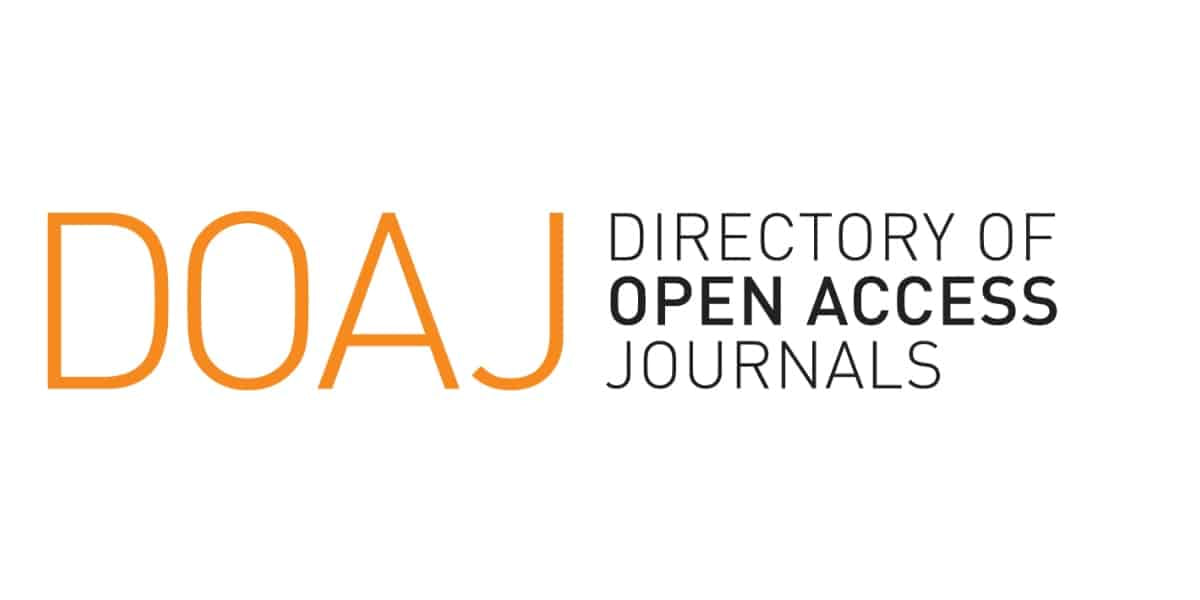Privacy Statement
The names and email addresses entered in this journal site for author correspondence are used exclusively for the stated purposes of this journal and are not made available for any other purpose or to any other party.
Data Privacy Policy
The data collected from registered and non-registered users of this journal fall within the scope of the standard functioning of peer-reviewed journals:
- it includes information that makes communication possible for the editorial process;
- it is used to inform readers about the authorship and editing of content;
- it enables collecting aggregated data on readership behaviors;
- it allows tracking of geopolitical and social elements of scholarly communication.
This journal’s editorial team uses this data to guide its work in publishing and improving this journal. Data that will assist in developing the journal may be shared with its owner Sumy State University (SumDU), in an anonymized and aggregated form, with appropriate exceptions such as article metrics. The data will not be sold by this journal or SumDU nor will it be used for purposes other than those stated here. The authors published in this journal are responsible for the human subject data that figures in the research reported here.
Those involved in editing this journal seek to be compliant with industry standards for data privacy, including the European Union’s General Data Protection Regulation (GDPR) provision for data subject rights, including:
- breach notification;
- the right of access;
- the right to be forgotten;
- data portability;
- privacy by design.
The GDPR also allows recognizing the public interest in the availability of the data, which has a particular saliency for those involved in maintaining, with the greatest integrity possible, the public record of scholarly publishing.
Anti-plagiarism Policy
In terms of the Editorial Board, the plagiarism is considered the following:
- the use of (quoting verbatim) any material in any volume, without specifying the source;
- the use of pictures, drawings, photos, tables, graphs, charts, and other forms of graphic representation of information without identifying the source;
- the use of pictures, drawings, photos, tables, graphs, charts, and other forms of graphical representation of the information published in scientific and popular publications without permission of the copyright;
- the use of materials without written permission from the authors or copyright holders if they prohibit the use of their materials without special agreement on their part.
The articles containing less than 85 % of the original text are not published in the journal. The Editorial Board does not welcome using an excessive number of citations, although properly presented. The allowable volume of admitted quotes must not exceed 30 % of the total volume of the article. Reviews and other articles that require (for objective reasons) a large number of citations will be examined by the editorial board individually. The Editorial Board does not welcome practices of publishing articles the content of which fully meets other scientific material published by the author (Ph.D. thesis, synopsis of doctoral theses, monographs).
Checking for the Presence of Material Borrowing
 All articles published in the “Journal of Engineering Sciences” pass the testing procedure using the mandatory checking by StrikePlagiarism. In the case when there are some doubts regarding the originality of the text of the paper, the Editorial Board uses Grammarly to track borrowings.
All articles published in the “Journal of Engineering Sciences” pass the testing procedure using the mandatory checking by StrikePlagiarism. In the case when there are some doubts regarding the originality of the text of the paper, the Editorial Board uses Grammarly to track borrowings.
Read more about academic integrity…
Proof-Reading
 Before publishing an article, Editors/Correctors carry out the procedure of proofreading using Grammarly. In this regard, correctness, clarity, engagement, and delivery are checked. After that, using this system, the text borrowings are rechecked.
Before publishing an article, Editors/Correctors carry out the procedure of proofreading using Grammarly. In this regard, correctness, clarity, engagement, and delivery are checked. After that, using this system, the text borrowings are rechecked.



